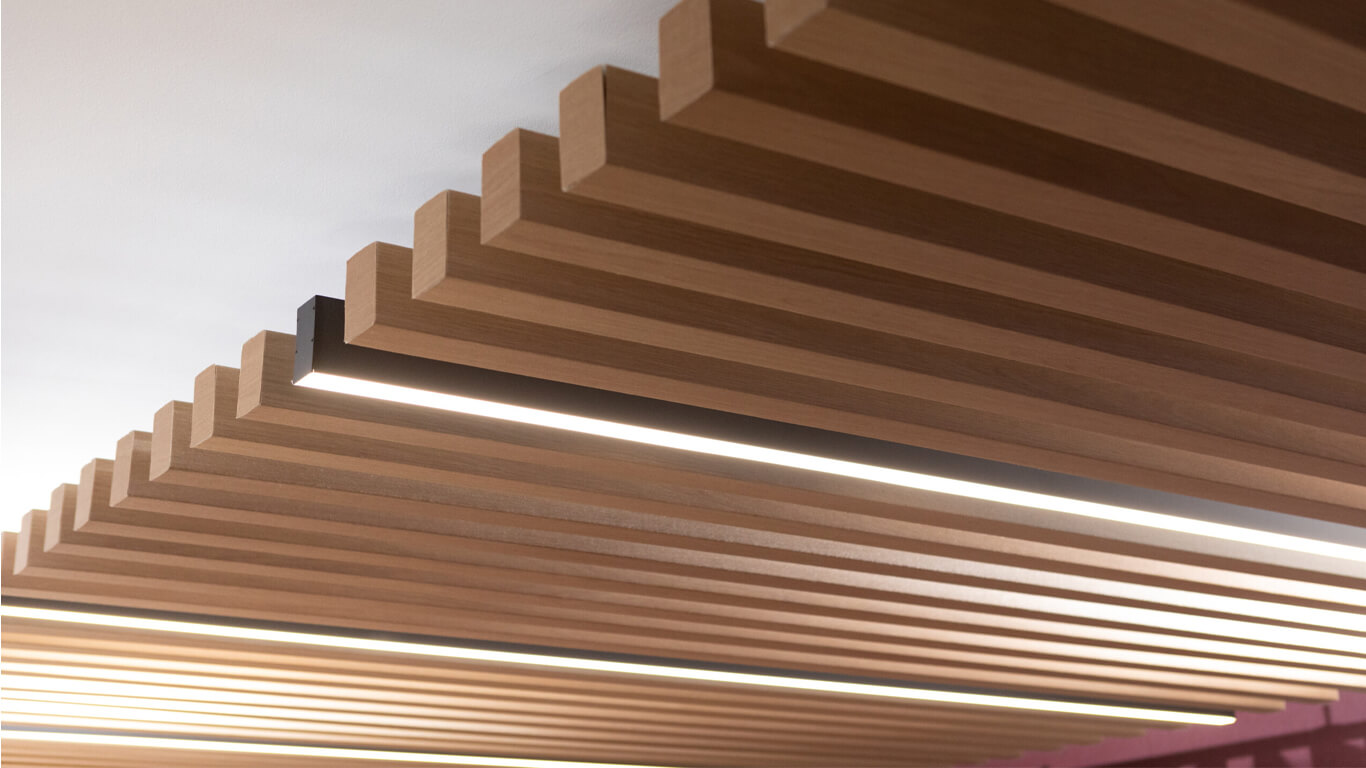Acoustic ceiling tiles are an effective way to improve the sound quality and aesthetic appeal of any room. Whether you’re looking to reduce noise in an office, classroom, or home theater, properly installed acoustic ceiling tiles can make a significant difference. At Harlie Harper, we understand the importance of precise installation to achieve the best results. This comprehensive step-by-step guide will walk you through the process of installing acoustic ceiling tiles, ensuring a professional and seamless finish.
Installing acoustic ceiling tiles is a practical and effective way to enhance the sound quality and aesthetics of any room. By following this step-by-step guide, you can achieve a professional and seamless installation, ensuring optimal performance and longevity of the tiles. At Harlie Harper, we are committed to providing high-quality acoustic ceiling solutions that meet the diverse needs of our clients. Whether you are working on a commercial project or a residential space, our range of acoustic ceiling tiles offers the perfect blend of functionality and design. Transform your space with our expert guidance and enjoy the benefits of a quieter, more comfortable environment.

1. Planning and Preparation
The first step in any successful installation project is thorough planning and preparation. This stage ensures that you have all the necessary materials and tools and that the space is ready for installation.
Materials and Tools Required:
- Acoustic ceiling tiles
- Suspension grid system (for drop ceilings)
- Adhesive or mechanical fasteners (for direct mount tiles)
- Measuring tape
- Level
- Chalk line
- Utility knife
- Ladder or scaffold
- Safety goggles
- Work gloves
Steps:
- Measure the Room: Start by measuring the dimensions of the room to determine the number of acoustic ceiling tiles you’ll need. Calculate the square footage and add an extra 10% to account for waste and cutting errors.
- Plan the Layout: Decide on the layout of the tiles. For suspended ceilings, plan the placement of the grid system. For direct mount tiles, determine the arrangement on the existing ceiling.
- Prepare the Space: Clear the room of furniture and cover the floor with a drop cloth to protect it from dust and debris. Ensure that the ceiling surface is clean, dry, and free of any loose material.

2. Installing a Suspended Acoustic Ceiling (Drop Ceiling)
A suspended acoustic ceiling, also known as a drop ceiling, involves installing a grid system from which the acoustic tiles are suspended. This type of installation is ideal for commercial spaces and offices where access to electrical and mechanical systems above the ceiling is necessary.
Steps:
- Mark the Perimeter: Use a level and a chalk line to mark the perimeter of the grid system on the walls. This line will serve as a guide for installing the wall angle.
- Install the Wall Angle: Attach the wall angle along the perimeter line using screws or nails. Ensure that it is level and securely fastened to the wall.
- Install the Main Runners: Measure and cut the main runners to fit the length of the room. Attach the main runners to the ceiling joists using hanger wires. The main runners should be spaced 4 feet apart.
- Install the Cross Tees: Snap the cross tees into place between the main runners, forming a grid pattern. Cross tees should be spaced 2 feet apart, creating a grid of 2×2 or 2×4 feet squares.
- Install the Acoustic Tiles: Begin placing the acoustic ceiling tiles into the grid, starting from one corner of the room. Tilt each tile slightly to fit it into the grid and then lower it into place. Ensure that the tiles are level and fit snugly within the grid.
- Cut Tiles to Fit: For tiles that need to fit around edges or obstacles, measure the required size and use a utility knife to cut the tiles to the appropriate dimensions. Install these cut tiles last, ensuring a precise fit.

3. Installing Direct Mount Acoustic Ceiling Tiles
Direct mount installation involves attaching the acoustic tiles directly to the existing ceiling surface. This method is suitable for residential spaces, small offices, and areas with limited ceiling height.
Steps:
- Mark the Layout: Use a chalk line to mark the layout of the tiles on the existing ceiling. Ensure that the lines are straight and evenly spaced.
- Apply Adhesive: Apply a recommended adhesive to the back of each acoustic tile. Follow the manufacturer’s instructions regarding the amount and type of adhesive to use.
- Mount the Tiles: Press the tiles firmly onto the ceiling, starting from the center of the room and working your way outwards. Ensure that the tiles are aligned with the chalk lines and fit tightly together.
- Secure with Fasteners (Optional): For additional security, you can use mechanical fasteners such as screws or nails to attach the tiles to the ceiling. This step is especially important in areas with high humidity or where additional stability is needed.
- Cut Tiles to Fit: Measure and cut tiles to fit around edges, light fixtures, or other obstacles. Use a utility knife for precise cuts and ensure that the cut tiles are securely attached to the ceiling.

4. Finishing Touches
After installing the acoustic ceiling tiles, it’s essential to perform a few finishing touches to ensure a professional appearance and optimal performance.
Steps:
- Inspect the Installation: Carefully inspect the entire ceiling to ensure that all tiles are securely in place and level. Check for any gaps or misalignments and make necessary adjustments.
- Clean the Tiles: Wipe down the tiles with a soft cloth to remove any dust or debris from the installation process. This step is crucial for maintaining the appearance and performance of the acoustic tiles.
- Install Light Fixtures and Vents: Reinstall any light fixtures, vents, or other ceiling-mounted elements. Ensure that they are properly integrated with the acoustic tiles and do not interfere with their performance.
- Seal Gaps (If Needed): In some cases, you may need to use caulk or sealant to fill small gaps around the edges of the tiles. This step helps prevent sound leakage and ensures a neat finish.

5. Maintenance and Care
Proper maintenance and care are essential to prolong the life of your acoustic ceiling tiles and ensure their continued performance.
Tips:
- Regular Cleaning: Dust the tiles regularly using a soft cloth or vacuum with a brush attachment. For stubborn stains, use a mild detergent and water solution. Avoid using harsh chemicals or abrasive cleaners.
- Inspect for Damage: Periodically inspect the tiles for any signs of damage, such as cracks, sagging, or discoloration. Replace any damaged tiles promptly to maintain the integrity of the ceiling.
- Control Humidity: Maintain a consistent indoor humidity level to prevent the tiles from warping or absorbing moisture. Use a dehumidifier in areas with high humidity.
- Address Leaks Promptly: If you notice any water stains or signs of leakage, address the issue immediately to prevent further damage. Repair any roof or plumbing leaks and replace affected tiles.




